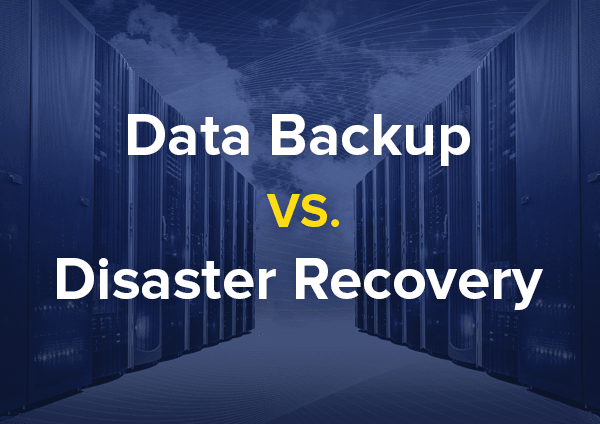Backup and disaster recovery (BDR) are essential elements of any small business’s IT infrastructure. Whether you’re a one-person operation or a larger enterprise, BDR is a necessary part of your overall security strategy. To get more details about backup and disaster recovery you may see it here .

Image Source=Google
The Different Types of Backup and Disaster Recovery Plans
1. Full backup: This type of backup saves all data from a system, including the data on volumes used by applications and databases.
2. Incremental backup: This type of backup only saves changes to data since the most recent full or incremental backup was made.
3. Differential backups: This type of backup saves only the differences between files compared to the most recent full or incremental backup.
4. Copy backups: This type of backup copies data from one volume to another without saving any changes made to the original data.
What to Back Up
1. Choose the right backup solution
There are many different backup solutions available, so it’s important to choose the one that meets your needs. Some common options include cloud-based solutions, local software solutions, and hybrid solutions that use both cloud and local backups.
2. Schedule regular backups
It’s important to back up your data regularly regardless of where your backup solution is located. Backups can be automated using various software tools, so it’s best to set up a schedule and stick to it.
3. Test the backups before restoring them in case of an emergency
Before you restore your backups in case of an emergency, it’s important to test them first. This way you can be sure that the data is actually backed up and ready to be restored.